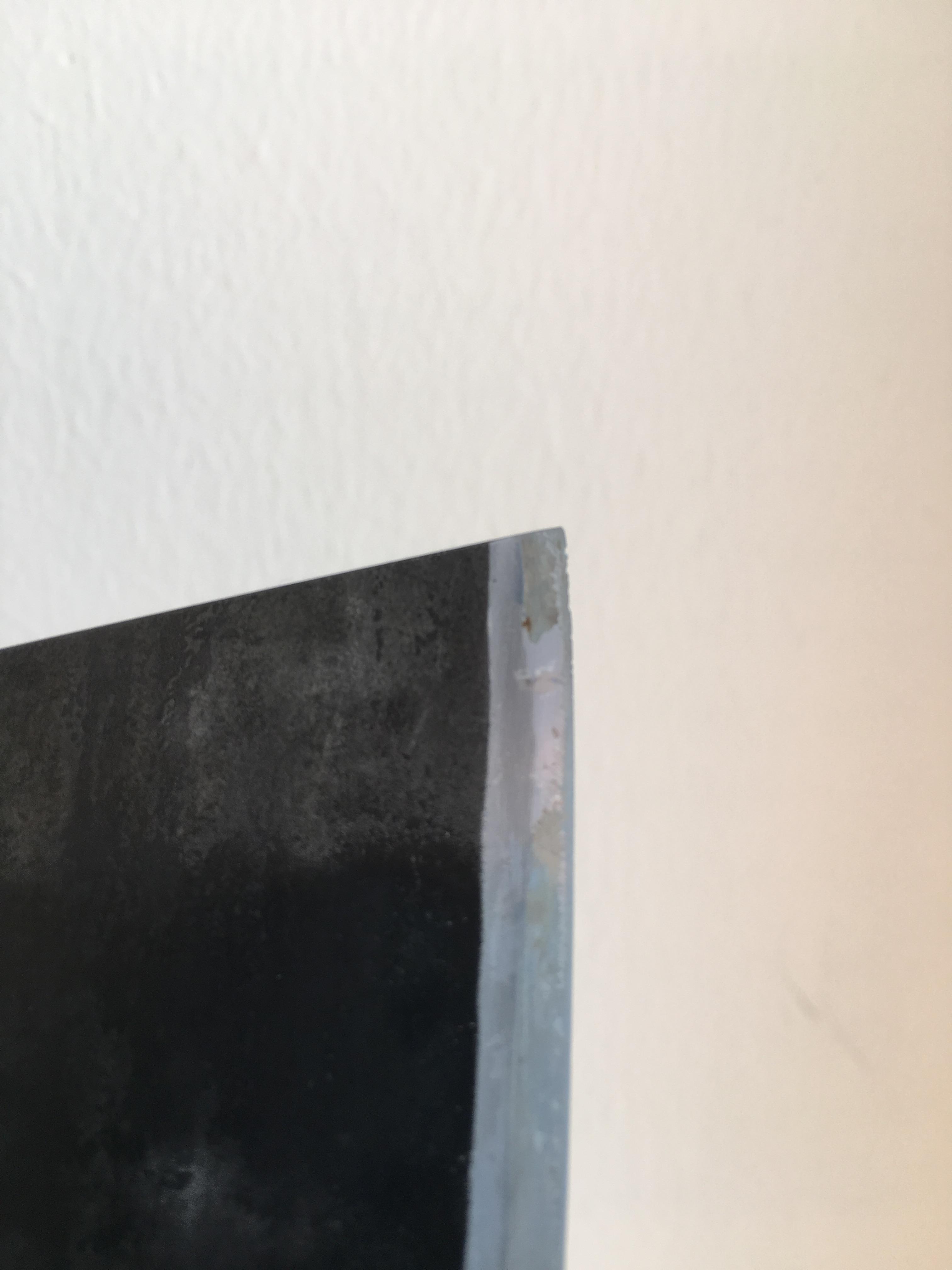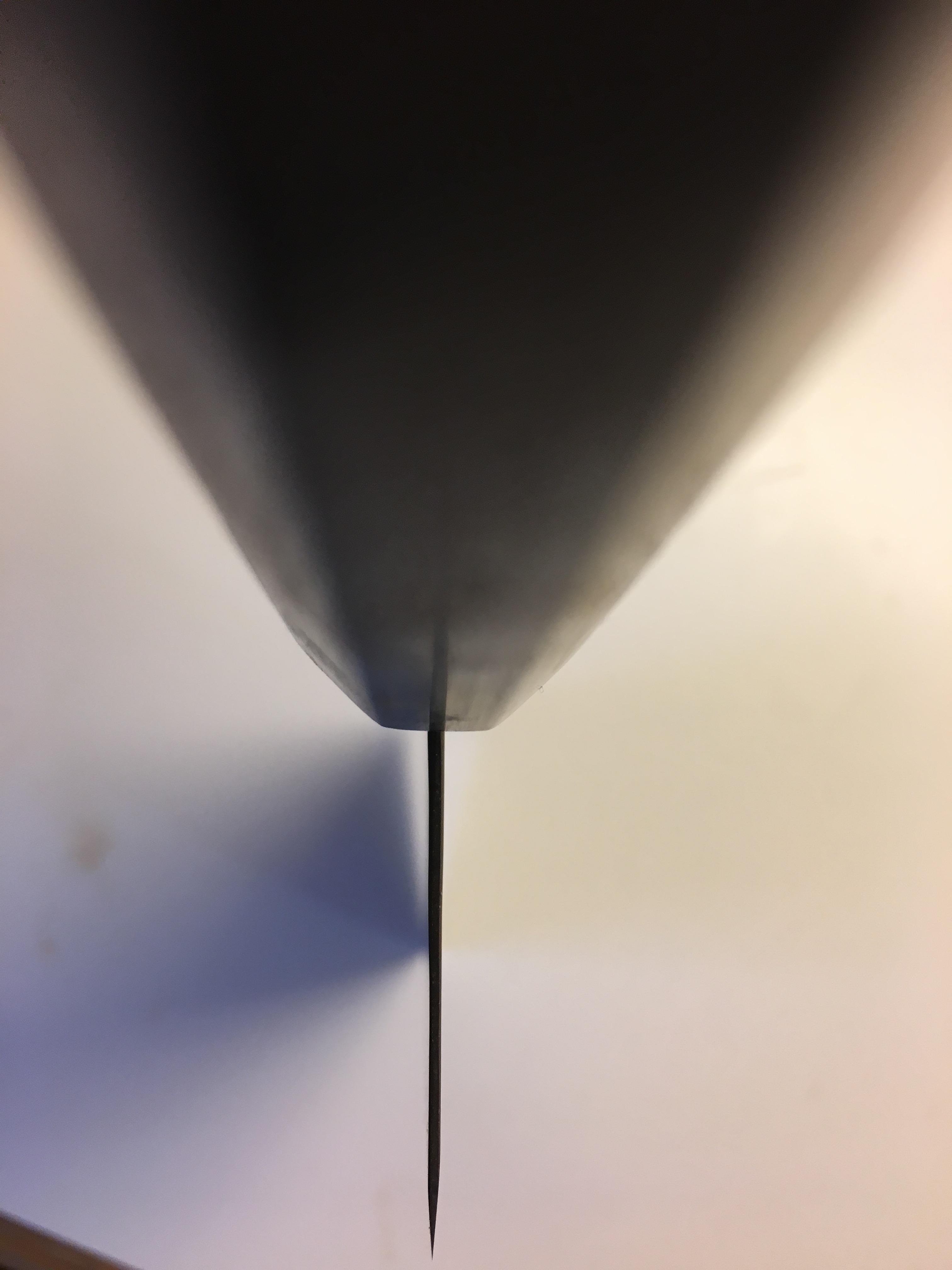Viggetorr
Senior Member
- Joined
- Jun 22, 2017
- Messages
- 311
- Reaction score
- 132
Hi,
I recently bought a Takeda bunka and today I noticed som micro chipping near the tip of the blade, see picture below.

The chipping

Choil shot to show thinness of blade
I've been maintaining it with a ceramic rod, but heard from a friend that rods may cause damage to edges as thin as a Takeda. I have two questions:
1. Can I keep using the rod or should I have the knife sharpened/repaired and avoid the rod in the future?
2. If I shouldn't use a rod, how do I maintain the edge of the knife?
I recently bought a Takeda bunka and today I noticed som micro chipping near the tip of the blade, see picture below.

The chipping

Choil shot to show thinness of blade
I've been maintaining it with a ceramic rod, but heard from a friend that rods may cause damage to edges as thin as a Takeda. I have two questions:
1. Can I keep using the rod or should I have the knife sharpened/repaired and avoid the rod in the future?
2. If I shouldn't use a rod, how do I maintain the edge of the knife?




